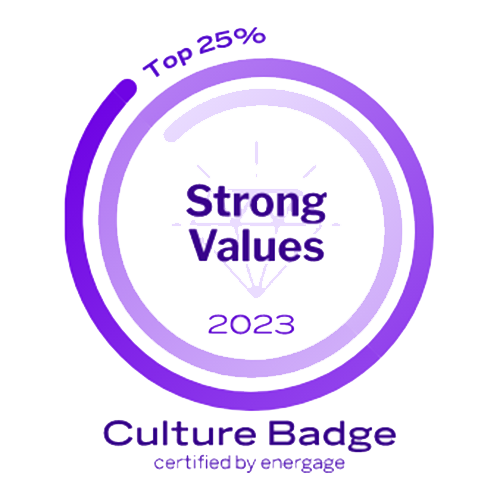Planning a successful event starts with a clear and compelling “why.” This fundamental question drives the purpose and direction of your event, ensuring that every decision made aligns with your overarching goals. Answering “Why am I doing this?” and “Why does this matter?” forms the cornerstone of your event strategy.
Once your event strategy has been approved by key decision-makers, the next crucial step is to motivate your team. As Simon Sinek emphasizes in Start With Why, understanding and communicating the “why” is essential for growth and success. When your team is connected to the mission, they are more engaged and committed to bringing the event to life. By fostering a shared sense of purpose, you empower your stakeholders to see themselves as integral parts of a cohesive, larger vision.
Here are five steps to motivate your team using an event strategy framework:
1. Start with an All-Hands Kickoff Meeting
Begin by scheduling an all-hands kickoff meeting to invite stakeholders as partners and advocates of the event strategy. This is your opportunity to ignite inspiration by diving deep into the “why” behind your event. Explain the event strategy framework in detail, helping your team understand the significance of what you aim to accomplish. When your team grasps the overarching theme and design, they will be more motivated to work together toward crafting an experience that embodies the vision.
2. Ground the Event Strategy in Actionable Impact
Integrate external and internal elements that align with your company’s broader goals into your event strategy. For example, if your company recently announced new sustainability initiatives, make sustainability a core theme of your event. Ensure that everything from your vendors to your venue supports this cohesive vision. Clearly outline goals and objectives in your strategic plan to provide a clear path, avoid resource wastage, and guide decision-making at every level.
3. Provide Access to the Strategic Plan
Ensure that all stakeholders have access to the strategic plan and can communicate its key tenets. By allowing team members to take ownership and share the “why,” you keep them engaged with the vision. Systemize your plan using shared calendars or organizational platforms like Notion or ClickUp. Throughout the journey, share information, address concerns, and ensure each group understands their role and the overall work that needs to be done.
4. Revisit the Event Strategy Framework Regularly
Continuously reinforce the “why” throughout the planning and development of your event. Revisiting the event strategy framework keeps everyone engaged and inspired, ensuring the mission remains clear. This regular reinforcement helps prevent the message from getting lost and maintains the focus on your shared goals.
5. Execute the Event with the Strategy in Mind
During the event planning process, keep your strategic plan front and center to drive actions and decisions. Planning an event with your team, united by a shared sense of purpose, brings more joy and fulfillment to the process. Even when the work feels all-consuming, seeing your event come to life and witnessing the impact of your shared vision on your team and stakeholders makes it all worthwhile.
Looking to integrate a strategic plan into your next event? Here’s How to Create an Event Strategy in 5 Steps. You might also want to try our free, easy-to-use Event Strategy Framework tool.











